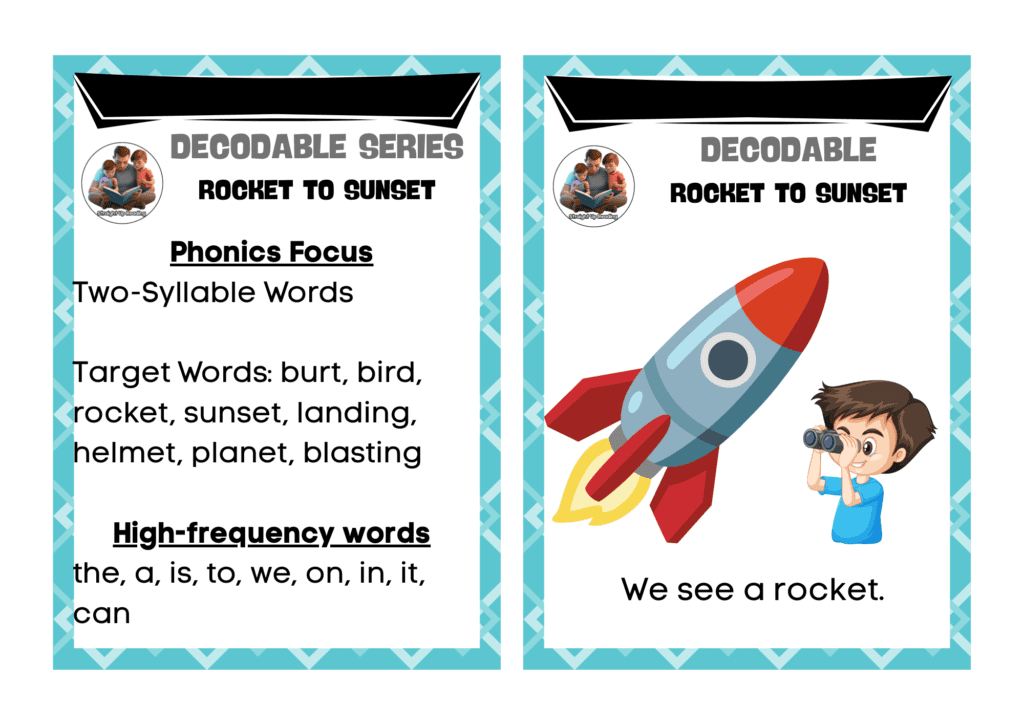
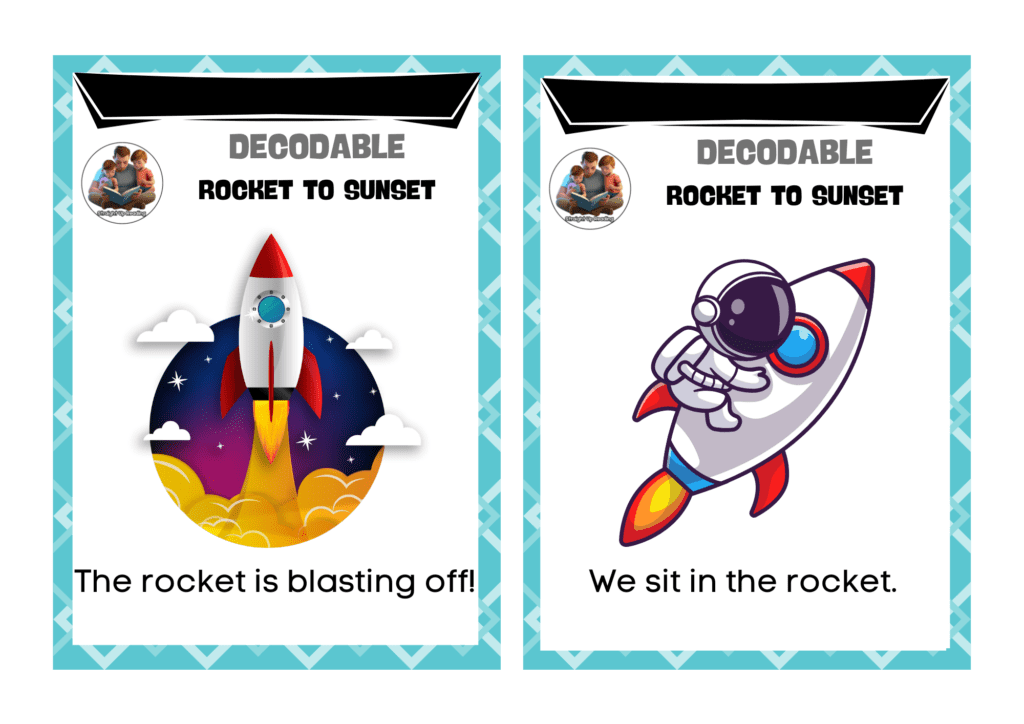
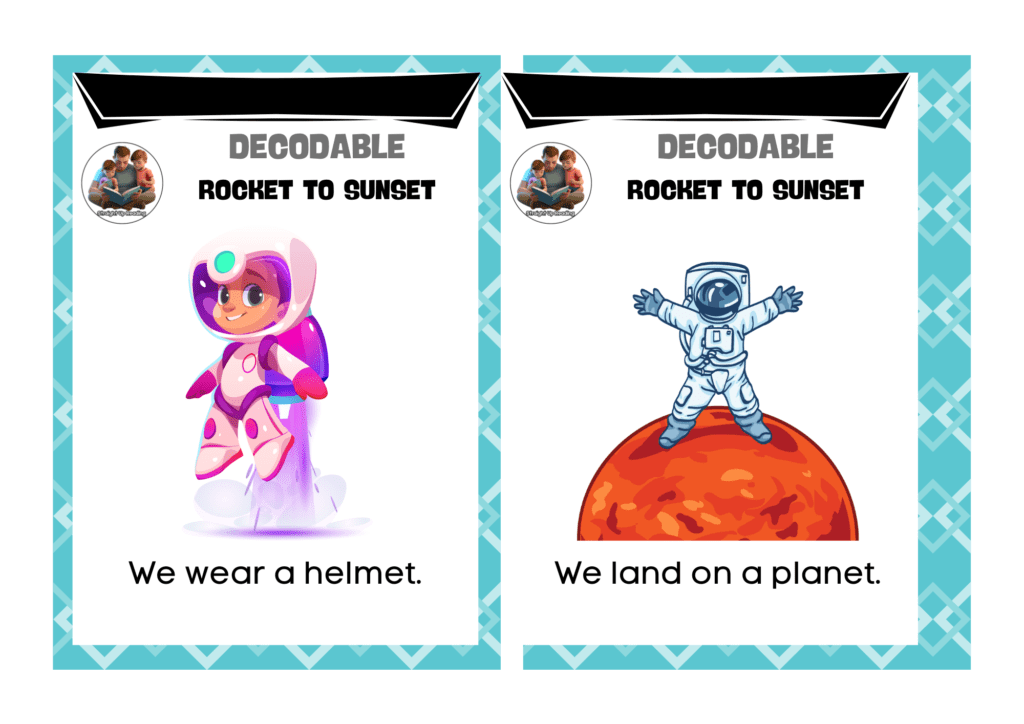
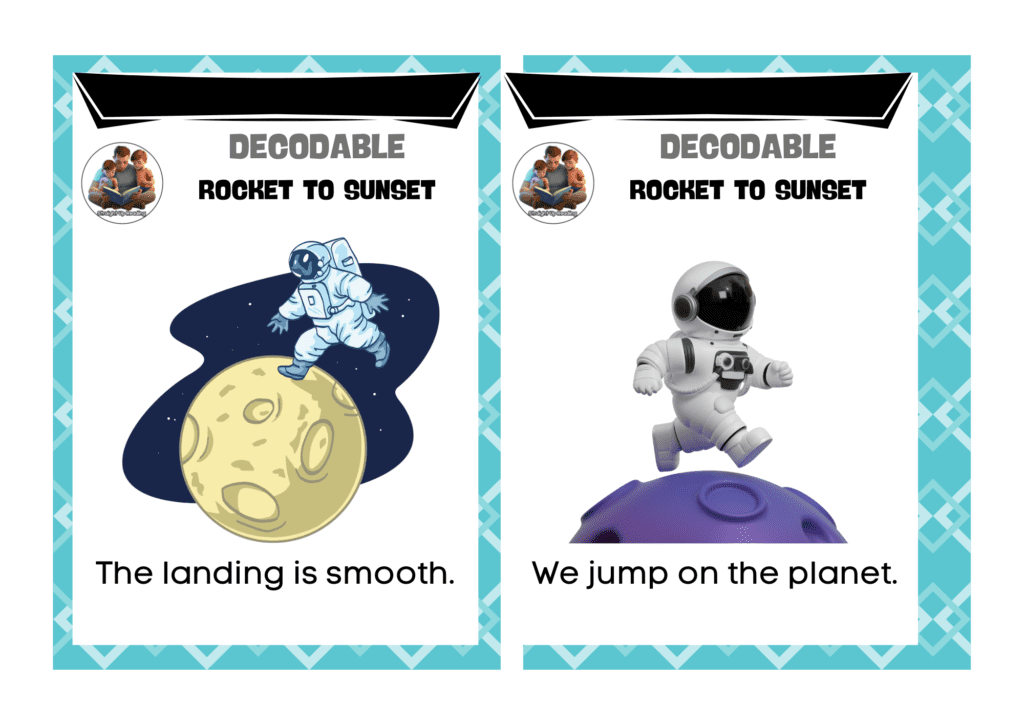
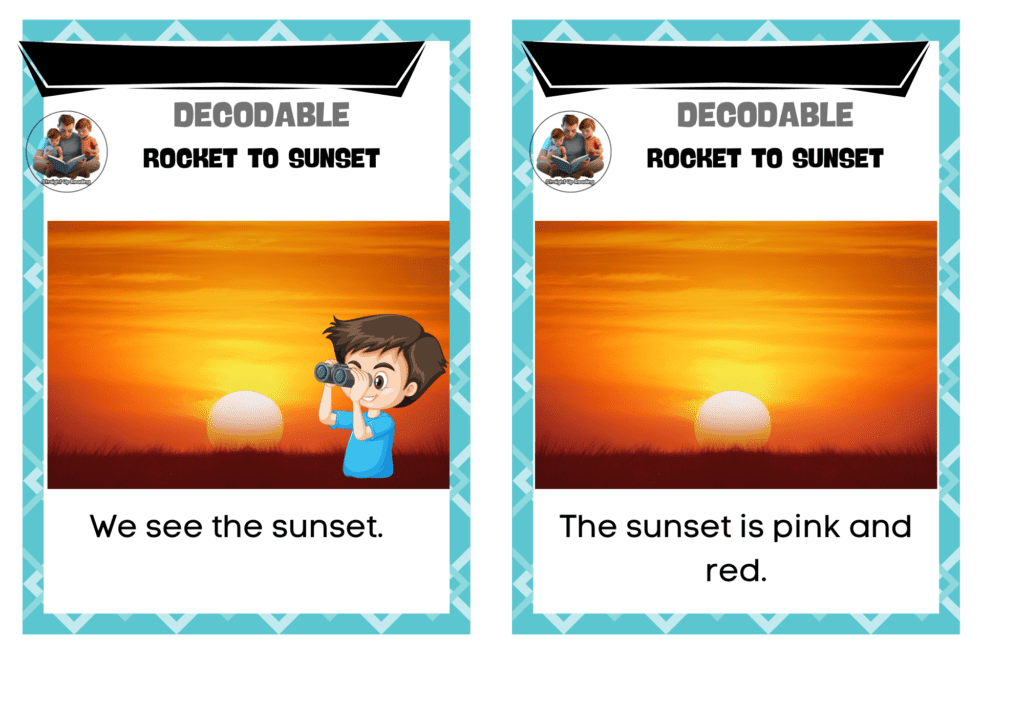

Absolutely! Here’s an updated and engaging guide to decodable books for kindergarten in 2025, incorporating the latest educational insights, visual aids, FAQs, and additional resources to support both parents and educators.
📖 Unlocking Reading Success: The Ultimate Guide to Decodable Books for Kindergarten (2025 Edition)
Helping your child become a confident reader starts with the right tools. Decodable books are designed to align with phonics instruction, allowing children to apply their knowledge of letter-sound relationships to read words and sentences. In 2025, a variety of engaging and effective decodable books are available to support your child’s reading journey.
🧠 Why Decodable Books Matter
Decodable books are essential because they:(Pencils to Pigtails)
-
Reinforce Phonics Skills: By focusing on specific phonics patterns, these books help children practice and solidify their understanding of letter-sound relationships.
-
Build Reading Confidence: Successfully reading a book on their own boosts a child’s confidence and motivation to read more.
-
Support Systematic Learning: Decodable books are often sequenced to introduce phonics skills progressively, aligning with structured literacy approaches.
📚 Top Decodable Book Series for Kindergarten in 2025
| Book Series & Publisher | Highlights | Ideal For | Where to Find |
|---|---|---|---|
| Bob Books: Set 1 – Beginning Readers by Lynn Maslen Kertell | Introduces basic phonics skills with simple, engaging stories. | Ages 4–6 | Bob Books Official Site |
| Dog on a Log Books by Pamela Brookes | Offers a structured, cumulative approach to phonics with a variety of stories. | Ages 5–7 | Dog on a Log Books |
| Flyleaf Publishing Decodable Books | Provides high-quality, beautifully illustrated books aligned with phonics instruction. | Ages 5–7 | Flyleaf Publishing |
| Heggerty Decodable Books | Offers a comprehensive set of decodable readers aligned with the Heggerty phonemic awareness curriculum. | Ages 4–6 | Heggerty |
| Reading Elephant Decodable Books | Focuses on systematic phonics instruction with a variety of stories for early readers. | Ages 5–7 | Reading Elephant |
🛠️ Tips for Using Decodable Books Effectively
-
Align with Phonics Instruction: Choose books that correspond with the phonics patterns your child is learning.(Teach My Kid To Read)
-
Encourage Repeated Reading: Re-reading books helps reinforce phonics skills and improve fluency.
-
Discuss the Story: After reading, talk about the story to enhance comprehension and make connections.
-
Celebrate Progress: Acknowledge your child’s reading achievements to build confidence and motivation.
📊 Visual Aid: Sample Phonics Progression
| Phonics Skill | Example Words |
|---|---|
| Short Vowels | cat, bed, pig, top, sun |
| Consonant Blends | flag, stop, clap |
| Digraphs | ship, chat, thin |
| Long Vowels | cake, bike, rope, cube |
| R-Controlled Vowels | car, bird, fork |
| Vowel Teams | boat, rain, team |
📚 Additional Resources from Straight Up Reading
-
Fun Phonics Activities for Young Learners: Explore a variety of engaging phonics activities designed to make learning enjoyable for children.
-
Sight Words for Kindergarten: The Ultimate 2025 Parent & Teacher Guide: A comprehensive guide covering the Dolch & Fry lists, fun activities, and expert tips to boost reading fluency.
❓ Frequently Asked Questions
Q: What are decodable books?
A: Decodable books are texts written using specific phonics patterns that children have been taught, allowing them to apply their decoding skills to read the text independently.
Q: At what age should my child start reading decodable books?
A: Children typically begin reading decodable books between ages 4 and 6, during preschool and kindergarten, as they start learning phonics.
Q: How do decodable books differ from leveled readers?
A: Decodable books focus on phonics patterns and are designed to align with specific phonics instruction, while leveled readers often include a broader range of vocabulary and may rely more on context clues and pictures.
Q: How often should my child read decodable books?
A: Regular practice is key. Aim for daily reading sessions of 10–15 minutes to reinforce phonics skills and build reading fluency.
By incorporating decodable books into your child’s reading routine, you provide them with the tools to develop strong phonics skills, build confidence, and foster a lifelong love of reading. Happy reading!


